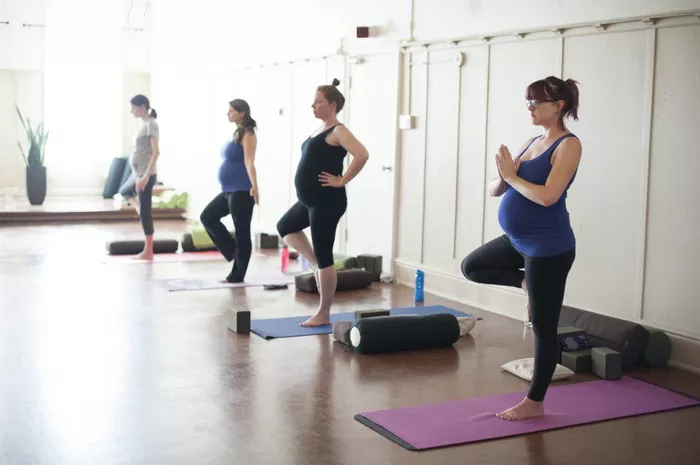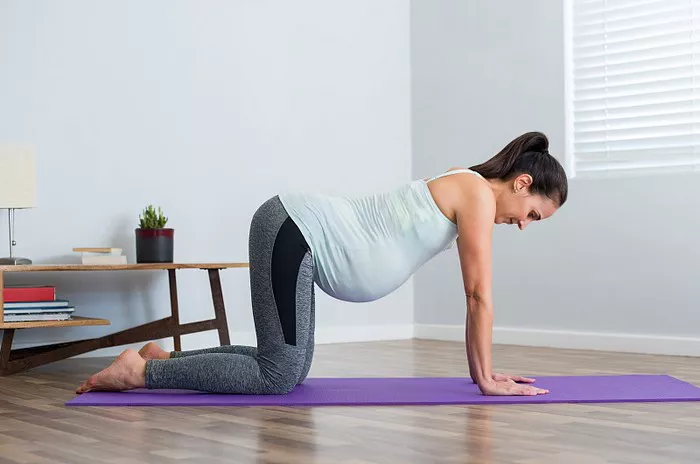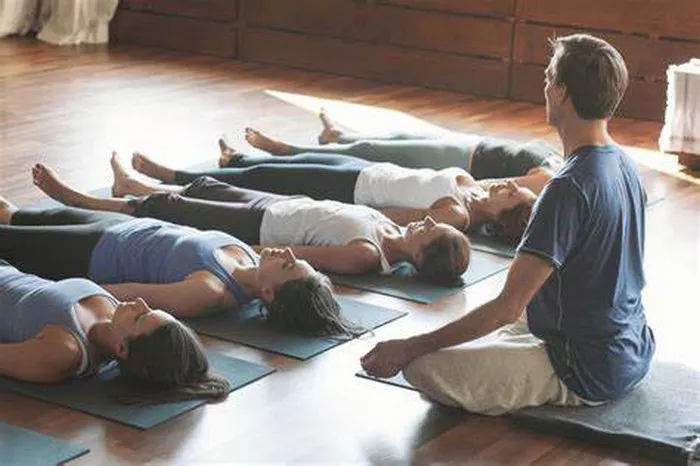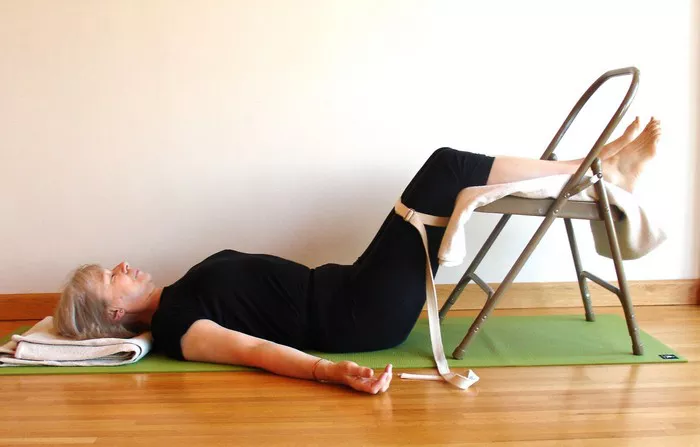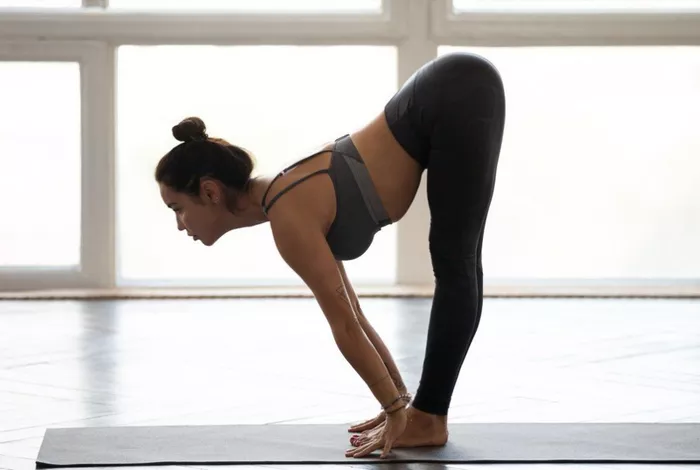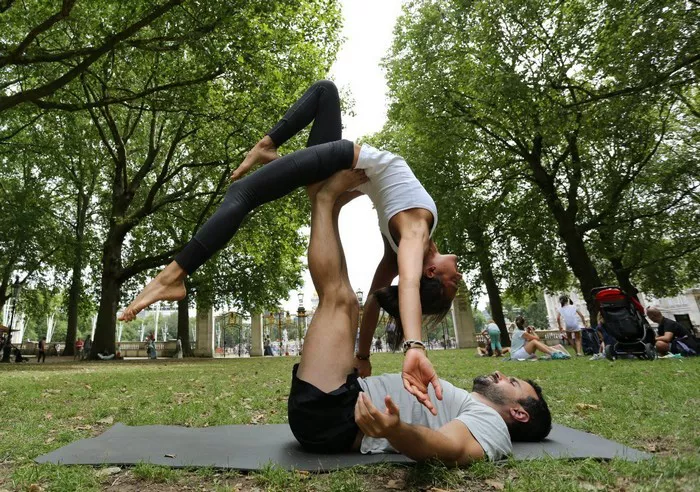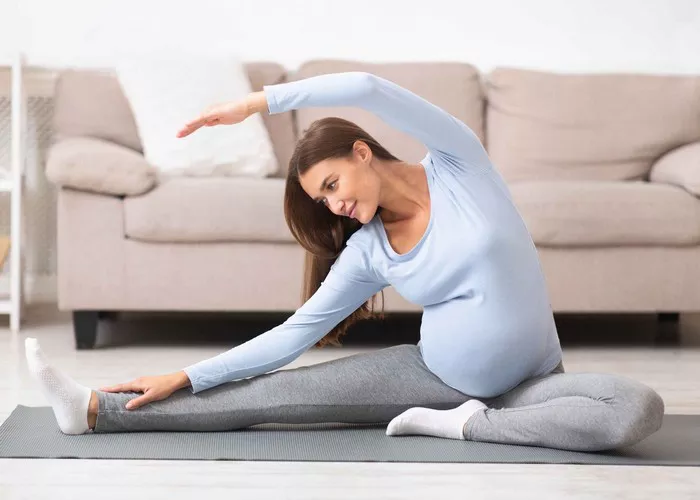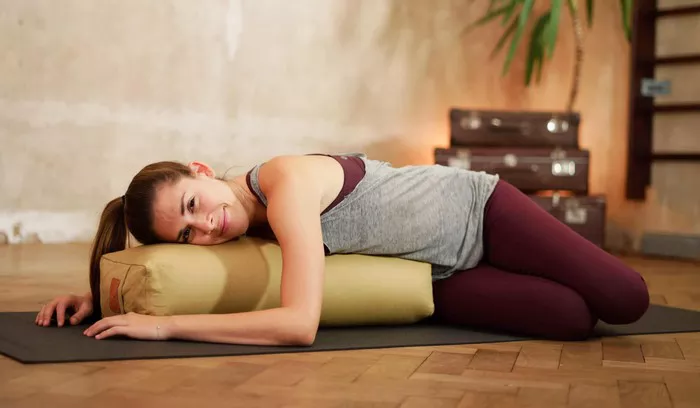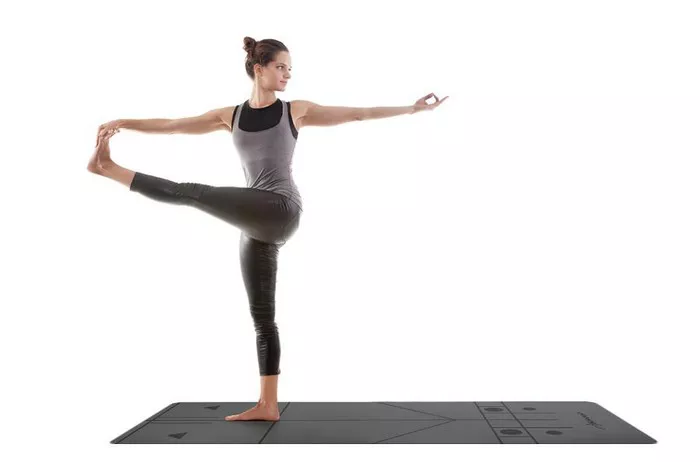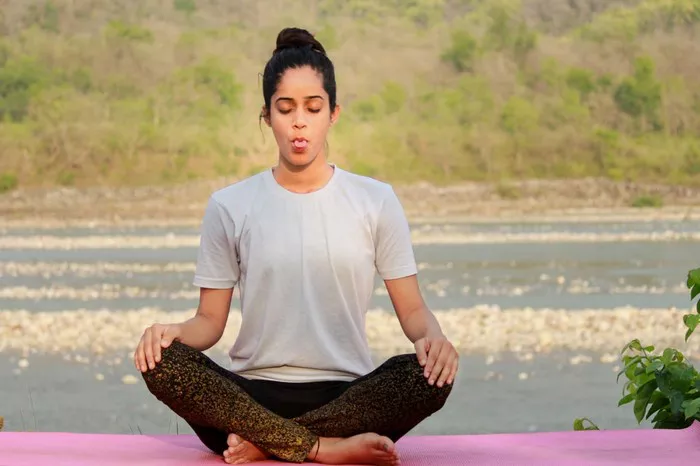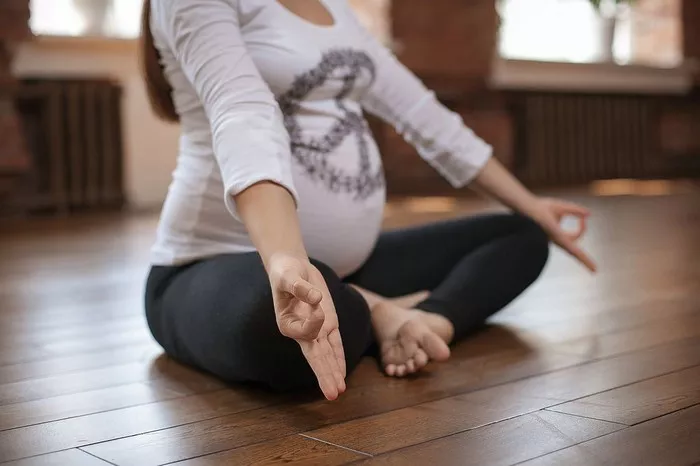Yoga is a practice that has been around for thousands of years, offering physical, mental, and spiritual benefits to those who engage in it. Whether you are a seasoned yogi or just starting your yoga journey, one of the common questions that arise is whether it’s better to do yoga barefoot or with socks. This seemingly simple question has implications for the comfort, stability, and safety of your practice. In this article, we will explore the pros and cons of both options to help you make an informed decision about what’s best for you during your yoga sessions.
Understanding the Importance of Foot Contact in Yoga
Before diving into the specifics of whether to practice yoga barefoot or with socks, it is essential to understand the role of your feet in yoga. Your feet are the foundation of many poses, particularly standing postures like Warrior I and II, Tree Pose, and Downward-Facing Dog. The way your feet connect with the mat plays a significant role in your overall alignment and balance. In yoga, there is an emphasis on mindfulness and being aware of how your body is interacting with the ground beneath you.
Being aware of the ground beneath your feet can help you better connect with the earth, achieve more stability, and build strength in your legs. When your feet are exposed to the mat without any barriers, you can feel more grounded, which can enhance the effectiveness of your practice.
The Benefits of Practicing Yoga Barefoot
Improved Stability and Balance
One of the most significant advantages of practicing yoga barefoot is the direct connection between your feet and the mat. When you have your bare feet in contact with the surface, you can feel the texture and resistance of the mat. This tactile feedback helps to enhance your balance, especially in standing and balancing postures. Your feet can naturally spread and adjust to create a more stable foundation, which is essential for proper alignment and avoiding injury.
Strengthens the Feet and Toes
Yoga barefoot allows you to engage your feet muscles more actively, which can help strengthen the arch and toes. Many yoga poses require you to press your feet into the mat, stretch your toes, or balance on one foot. This helps to improve foot strength, which can translate into better posture and alignment. Over time, strengthening the feet can also aid in preventing common issues like flat feet, bunions, and plantar fasciitis.
Better Grip and Traction
Yoga mats are designed to provide traction for your feet, but wearing socks can reduce this grip. When practicing barefoot, your feet can better grip the mat, particularly in poses like Downward-Facing Dog, where slipping can be a concern. Without socks, you are less likely to slide out of poses, which adds to your safety and comfort. Additionally, many yoga mats have a non-slip surface that works best with bare feet.
Heightened Awareness of Alignment
Being barefoot during yoga allows you to be more aware of how your body is aligned. The sensation of your feet pressing into the mat can alert you to misalignments in your stance, helping you make adjustments on the fly. This mindfulness of your body’s placement is an essential component of yoga, as it promotes better posture and helps prevent injuries. Whether you’re performing balancing poses or seated stretches, you’ll have a better sense of where your body is in space when you’re barefoot.
Enhances Flexibility
When practicing yoga barefoot, your feet and ankles have greater freedom of movement. This freedom can help increase flexibility in the lower body. In poses like Pigeon Pose or Forward Fold, your feet and ankles are engaged and stretched. The absence of socks or shoes allows for a deeper stretch, as your toes, heels, and arches are free to move more naturally, supporting increased flexibility over time.
The Pros and Cons of Practicing Yoga with Socks
While practicing yoga barefoot has several advantages, there are also benefits to wearing socks during your practice. For some individuals, socks provide comfort and warmth, while for others, they can help prevent slipping. However, as with any aspect of yoga, wearing socks comes with its own set of advantages and disadvantages.
Pros of Practicing Yoga with Socks
Warmth and Comfort
For those who tend to get cold easily, wearing socks during yoga can provide warmth and comfort. This is especially helpful in practices like Yin Yoga or Restorative Yoga, where long-held poses are performed, and maintaining body temperature is important. If you’re practicing yoga in a cooler environment, socks may provide a layer of insulation that helps you stay comfortable and relaxed.
Reduced Risk of Injury in Cold Environments
If you are practicing in a cold room or during the winter months, your muscles may be less pliable, and your body could be more susceptible to injury. Wearing socks in such cases can help maintain body temperature and keep your muscles from tightening up. This added warmth can also encourage better circulation, allowing for more comfortable and safe movement during your practice.
Hygiene Considerations
If you’re practicing yoga in a public space such as a studio or gym, some people prefer to wear socks for hygiene reasons. While yoga mats are cleaned regularly, you might feel more comfortable with socks to avoid direct contact with someone else’s mat or shared space. This can offer a sense of protection from germs and bacteria, especially if you are concerned about foot hygiene.
Slip Prevention with Grip Socks
Some yoga socks are designed with a grippy surface on the bottom. These special grip socks offer an extra layer of protection from slipping, which can make it easier to hold poses like Downward-Facing Dog or Warrior III. If you’re new to yoga or have difficulty maintaining your grip on the mat, these socks can provide added stability while still giving you the benefits of foot coverage.
Cons of Practicing Yoga with Socks
Decreased Sensory Awareness
One of the main drawbacks of wearing socks during yoga is the loss of direct sensory input. When you wear socks, you lose the ability to feel the surface of the mat with your feet. This can affect your balance and stability, especially during standing poses and transitions. Since yoga encourages mindfulness and connection to your body, covering your feet with socks may diminish your ability to feel the adjustments your body needs to make for better alignment.
Less Flexibility for the Toes
Yoga involves a lot of stretching and toe engagement, and socks can restrict the movement of your toes. In poses like Forward Fold or Downward-Facing Dog, the feet and toes are supposed to flex and stretch. Wearing socks can create a barrier that prevents your toes from fully engaging, which could limit the depth of your stretches and make certain poses more difficult to perform.
Potential Slipping in Non-Grip Socks
While some yoga socks have grips on the bottom to prevent slipping, regular socks can cause your feet to slide around on the mat. This can be frustrating and distracting during your practice, especially in more dynamic or flowing sequences. It can also lead to a higher risk of injury, as you might lose your balance or fail to maintain proper form during poses that require stability.
Discomfort or Restriction
For some, wearing socks during yoga can feel restrictive or uncomfortable. Depending on the material and fit of the socks, you may find that they pinch or limit your movement. This discomfort could take away from your ability to focus on your breath and your body during your practice. If the socks are too tight or do not allow for full toe movement, they might hinder your flexibility and range of motion.
The Ideal Solution: Grip Socks for Yoga
For many, the ideal compromise is the use of grip socks designed specifically for yoga. These socks provide the warmth and coverage of regular socks but feature a non-slip surface on the bottom to provide extra stability and prevent slipping. They can be especially useful in situations where you prefer or need to wear socks, such as in cooler environments or when practicing on public mats. The grips ensure that your feet remain secure on the mat while still allowing for a significant amount of flexibility and mobility in your toes.
Conclusion
In summary, whether you practice yoga barefoot or with socks depends largely on personal preference and the environment in which you’re practicing. If you want the most direct connection to your mat for balance, stability, and sensory feedback, practicing barefoot is likely the better choice. It enhances awareness of your alignment and allows your feet to move freely, strengthening them over time.
On the other hand, if you find yourself needing warmth, comfort, or hygiene protection, wearing socks might be the right option. Just be mindful of the potential for slipping, especially if you’re not using grip socks, which can minimize that issue.
Ultimately, the best choice is the one that aligns with your specific needs, comfort level, and goals in yoga. Whether you are barefoot or wearing socks, the most important thing is to maintain mindfulness and focus during your practice, ensuring that you are safe, grounded, and present in each movement.
Related Topics:
- Is It Good to Combine Yoga and Weight Training?
- Should I Eat Before Ashtanga Yoga?
- Should I Practice Ashtanga on My Period?


